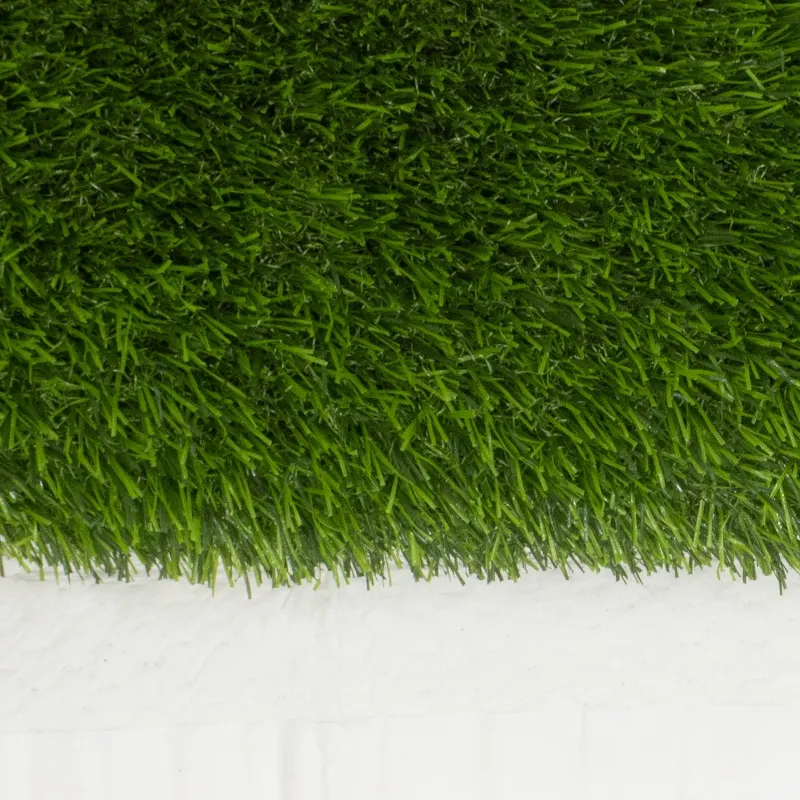
- Afrikaans
- Arabic
- Belarusian
- Bengali
- Czech
- Danish
- Dutch
- English
- Esperanto
- Estonian
- Finnish
- French
- German
- Greek
- Hindi
- Hungarian
- Icelandic
- Indonesian
- irish
- Italian
- Japanese
- kazakh
- Rwandese
- Korean
- Kyrgyz
- Lao
- Latin
- Latvian
- Malay
- Mongolian
- Myanmar
- Norwegian
- Persian
- Polish
- Portuguese
- Romanian
- Russian
- Serbian
- Spanish
- Swedish
- Tagalog
- Tajik
- Thai
- Turkish
- Turkmen
- Ukrainian
- Urdu
- Uighur
- Uzbek
- Vietnamese
cost of artificial turf football field
Nov . 04, 2024 20:58 Back to list
The Cost of Artificial Turf Football Fields An In-depth Analysis
Artificial turf has become an increasingly popular choice for football fields across various levels of play, from youth leagues to professional stadiums. While the initial investment in an artificial turf field can be significant, many institutions and organizations weigh the costs against the benefits to make informed decisions. This article will explore the costs associated with artificial turf football fields, the factors influencing pricing, and the long-term financial implications of this choice.
Initial Costs
The upfront cost of installing an artificial turf football field can range significantly based on various factors. Generally, the cost per square foot for installing artificial turf can run between $5 to $20. For a standard football field measuring about 100,000 square feet, this translates to an initial installation cost of anywhere from $500,000 to $2 million, depending on the quality and type of turf selected. Factors influencing these costs include
1. Quality of Materials Higher-quality turf materials designed for better durability and performance will come at a premium price. Options like nylon, polyethylene, and polypropylene each have different cost implications, with nylon typically being the most expensive due to its resilience and advantages in high-traffic areas.
2. Field Preparation Proper preparation of the sub-base is crucial for the longevity of the turf installation. Costs associated with grading, drainage solutions, and the installation of a shock-absorbent underlayment can add thousands to the total cost.
3. Installation Fees Professional installation is recommended to ensure that the turf is laid properly. This fee can vary based on the contractor's experience and reputation.
4. Accessories and Equipment Fields may require goalposts, bleachers, lighting, and other accessories, all of which contribute to the total costs.
Long-Term Costs
cost of artificial turf football field

While the initial outlay for an artificial turf football field can be considerable, it’s important to consider the long-term savings and cost implications
1. Maintenance Costs One of the primary advantages of artificial turf is reduced maintenance requirements compared to natural grass fields. Natural grass fields require regular mowing, watering, fertilizing, and pest control. In contrast, artificial fields can reduce these maintenance activities, resulting in substantial cost savings over time.
2. Water Savings In regions where water is scarce, artificial turf can provide significant savings on water bills since it does not require watering. This is particularly beneficial for schools and municipalities facing increasing environmental regulations regarding water usage.
3. Increased Usage Artificial turf fields can accommodate more games and practices due to their durability and weather resistance. This increased usage can generate more revenue through hosting events, leagues, and tournaments.
4. Longevity High-quality artificial turf can last anywhere from 10 to 20 years, depending on usage and maintenance. The durability of the synthetic material can offset the initial costs over its lifespan, making it a more cost-effective solution in the long run.
Conclusion
The decision to invest in an artificial turf football field involves a multifaceted analysis of both initial and long-term costs. While the upfront expenses can be daunting, the benefits such as reduced maintenance, water savings, and the ability to host more events can justify the investment. For many organizations, the move toward artificial turf is not just a financial decision; it also supports sustainability and enhances athletic performance on the field.
When considering the switch to artificial turf, decision-makers must carefully assess their specific needs, local climate, and financial constraints. Understanding the true cost of ownership will enable sports facilities, educational institutions, and municipalities to make informed choices that benefit their communities and athletes for years to come. Ultimately, while the cost of an artificial turf football field is significant, its long-term advantages may render it a worthwhile investment for contemporary sports facilities.
-
The Benefits of Artificial Turf for Indoors
NewsJul.15,2025
-
How Artificial Grass Suppliers Ensure Quality Products
NewsJul.15,2025
-
Artificial Grass and Pets: A Space for Relaxation
NewsJul.08,2025
-
Balcony & Outdoor Decoration with Artificial Grass
NewsJul.08,2025
-
Best Indoor Artificial Grass for Home
NewsJul.07,2025
-
Best Pet Turf for Dogs: Safe & Durable Artificial Grass Options
NewsJul.07,2025
Products categories









